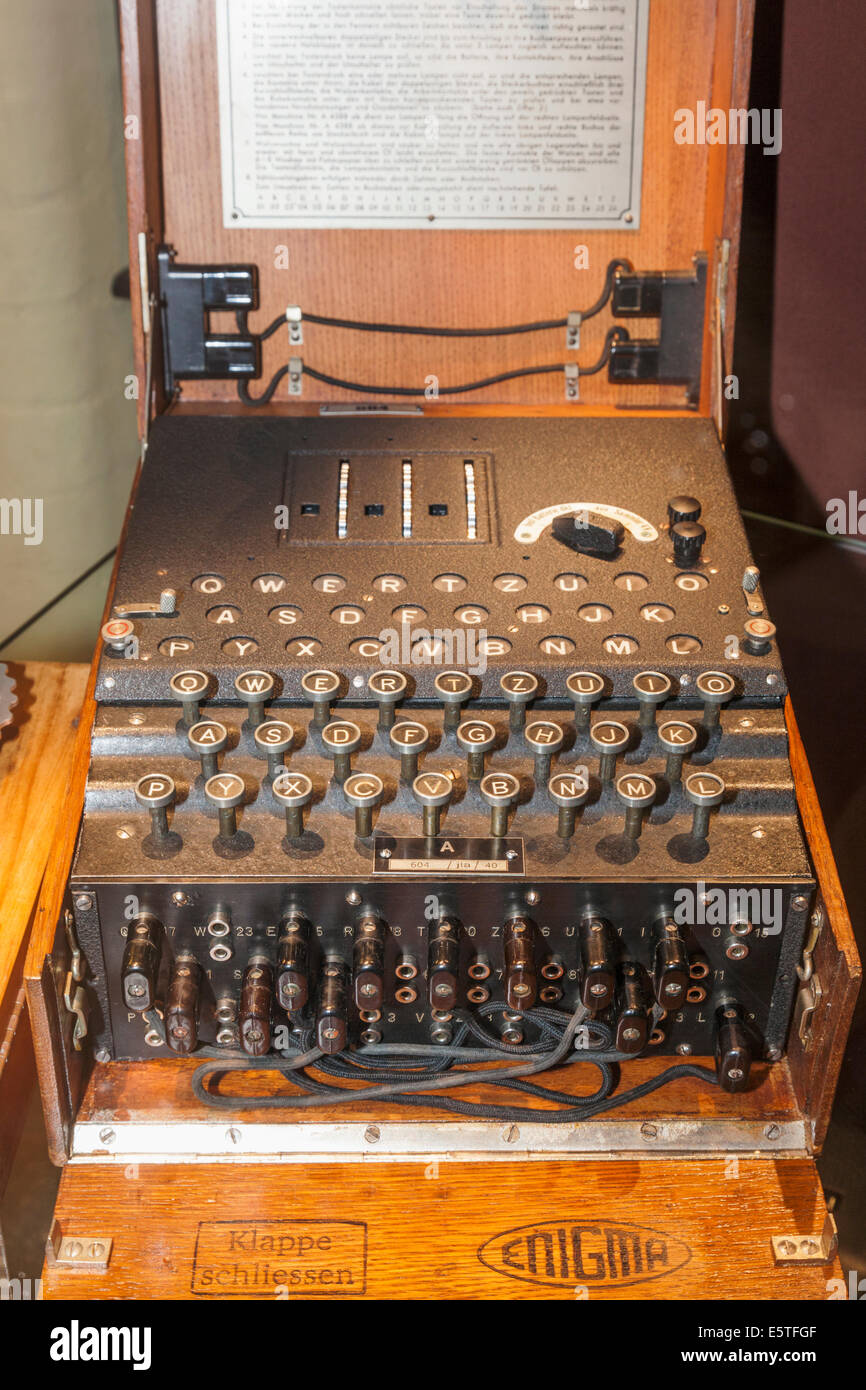
They recorded electrical signals from a group of neurons in the monkey's brain while the monkey was allowed to reach for pieces of food, so the researchers could measure their response to certain movements. In 1990s, a group of neurophysiologists placed electrodes in the ventral premotor cortex of the macaque monkey to study neurons specialized for the control of hand and mouth actions. As in the monkey, the mirror neuron system is constituted of IPL and a frontal lobe sector formed by the ventral premotor cortex plus the posterior part of the inferior frontal gyrus (IFG). Neurophysiological (EEG, MEG, and TMS), and brain-imaging (PET and fMRI) experiments provided strong evidence that a fronto-parietal circuit with properties similar to the monkey's mirror neuron system is also present in humans.
ENIGMA SIMULATOR DESIGNER HELP CODE
IPL receives a strong input from the cortex of the superior temporal sulcus (STS), a region known to code biological motion, and sends output to ventral premotor cortex including area F5. Originally discovered in a subdivision of the monkey's premotor cortex, area F5, mirror neurons have later been also found in the inferior parietal lobule (IPL).

(1) SMA: Supplementary motor area, (2) PSSC: Primary somato sensory cortex, (3) IPC: Inferior parietal cortex, (4) VPMA: Ventral premortal area, neurons having mirror properties, BA: Broca's area, WA: Wernicke's area, FG: Fusiform Gyrus, AG: Angular gyrus, PMC: Primary motor cortex

The mirror neuron system in the human brain.


 0 kommentar(er)
0 kommentar(er)
